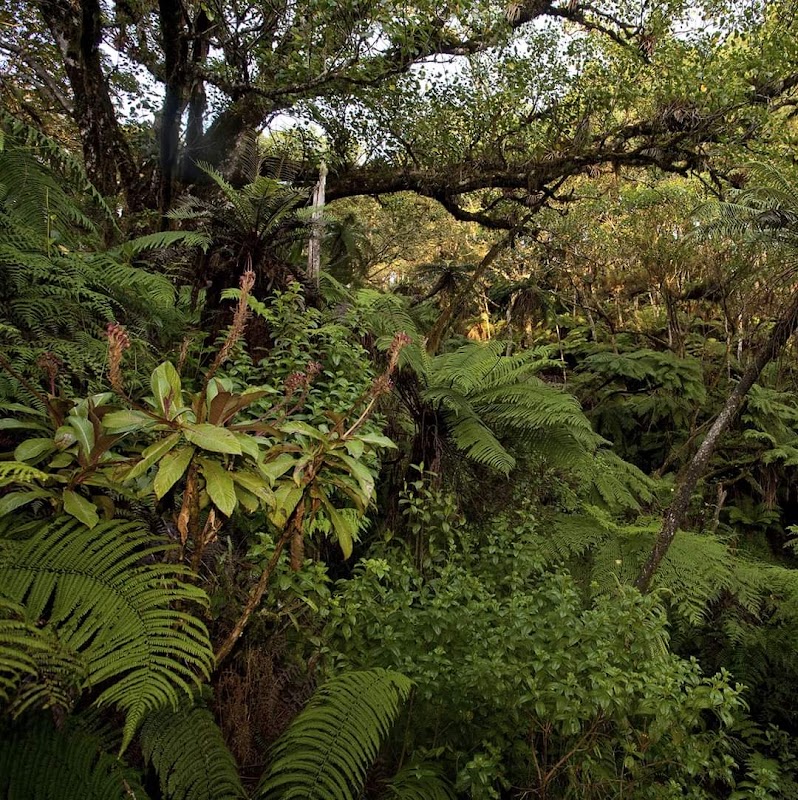
The Art Festival of Jacmel transforms this Haitian town into a vibrant stage of creativity and cultural expression. Combining vivid artwork, performances, and a scenic backdrop, the festival offers visitors a lively and practical way to experience Haiti's artistic pulse firsthand.
Stay Hydrated in Humid Conditions
Jacmel’s tropical heat can quickly drain your energy. Carry a refillable water bottle and drink frequently, especially when exploring outdoor festival sites or nearby hills.
Wear Sturdy Comfortable Shoes
Cobblestones and uneven streets make sneakers or hiking sandals a practical choice. Avoid open-toed shoes to reduce risk of injury.
Plan for Early Starts
Mornings are cooler and less crowded for workshops and outdoor exploration. Arriving early helps maximize your festival experience and beat midday heat.
Carry Local Currency
Most vendors and artists accept Haitian gourdes; have some cash on hand for art purchases, food, and local transport, as card payment options are limited.
The Art Festival of Jacmel: Haiti's Vibrant Celebration of Creativity and Culture
Each year, Jacmel, a coastal town in Haiti's Sud-Est region, bursts into life with its renowned Art Festival. This event is more than a display—it’s an electrifying fusion of color, sound, and movement that champions the local spirit and history through contemporary and traditional art forms. Jacmel's narrow streets, lined with colonial architecture, serve as a living gallery where artists from across Haiti and beyond showcase paintings, sculptures, performances, and crafts.
The festival’s heartbeat pulses through the Place Toussaint Louverture, a central square framed by flamboyant palms and historic facades. Visitors can explore artist workshops open to the public, engage with muralists painting vibrant street scenes, and witness dance troupes animating the night under strings of lanterns. The atmosphere is lively but pragmatic—it’s about accessibility and connection more than polished exhibition halls.
Beyond the art itself, Jacmel’s unique topography adds a layer of adventure. The town sits quietly between the Caribbean Sea and surrounding hills, whose rugged contours hold hidden beaches and panoramic views. Timing your visit during the festival allows you to combine cultural immersion with outdoor explorations, like the brief hike up Morne La Selle, the highest peak in Haiti, offering sweeping vistas that contrast with the festival’s urban canvas.
To make the most of this vibrant festival, plan ahead. Jacmel’s tropical climate leans hot and humid, especially between May and October; lighter clothes and steady hydration are essentials. Footwear matters—exploring cobblestone streets and uneven paths demands sturdy, comfortable shoes. Arrive early to catch workshops and performances when temperatures are cooler and crowds lighter.
Expect to engage all your senses: the salty breeze from the nearby sea challenges the humid air, while local vendors offer freshly pressed coffee and spiced Haitian delicacies. The art doesn’t merely hang—it moves, speaks, defies, and invites. Jacmel’s Art Festival is a rare opportunity to see a community fiercely expressing itself, inviting visitors into a shared story crafted from resistance, identity, and creativity.
Whether you are an art lover or an adventure seeker intrigued by a cultural journey, Jacmel’s festival delivers. It reminds you that art can be both a prism and a shield, created not to be conquered but respected and understood amidst a landscape as alive as the culture it presents.
Nearby Trips
All Adventures
Boat Charters
Water Activities
Adventures near Jacmel, Sud-Est
Discover the unique and memorable adventures that make Jacmel, Sud-Est special.
Frequently Asked Questions
When exactly is the Art Festival of Jacmel held?
The festival typically occurs in late February or early March, coinciding with Jacmel’s cultural calendar, but specific dates may vary yearly. It’s best to check local announcements months in advance.
Are the art workshops open to all visitors or just professionals?
Workshops are designed to be accessible to a wide audience, including beginners. They encourage hands-on participation to engage visitors deeply with Haitian artistic traditions.
Is it safe to hike around Jacmel during the festival?
Yes, the trails near Jacmel such as Morne La Selle are generally safe but can be slippery after rain. Bringing appropriate footwear and going with a local guide is recommended for less experienced hikers.
What types of local art are highlighted at the festival?
The festival showcases painting, sculpture, traditional crafts like papier-mâché, vibrant street murals, and contemporary mixed media pieces, reflecting Haiti’s diverse cultural expressions.
Are there opportunities to buy art directly from artists?
Absolutely. Many artists sell works on-site or offer commissions during the festival, supporting local talent directly while giving visitors unique souvenirs.
What environmental considerations should visitors keep in mind?
Jacmel sits in a delicate coastal ecosystem. Visitors are encouraged to minimize waste, respect protected areas, and support sustainable tourism initiatives promoted during the festival.
Recommended Gear
Sturdy Walking Shoes
To navigate uneven cobblestone streets and steep paths with confidence.
Refillable Water Bottle
Hydration is crucial in Jacmel’s tropical heat, especially during outdoor activities.
Lightweight Rain Jacket
Useful for sudden showers common during festival months.
Wide-brimmed Hat
Provides shade from intense sun during daytime events.
Local Insights
Hidden Gems
- "The quiet beach of Raymond les Bains, accessible by a short hike from Jacmel, offers serene views away from festival crowds."
- "Nearby coffee plantations where traditional methods continue to thrive provide unique cultural side trips."
Wildlife
- "Observe vibrant hummingbirds flitting among festival flowers and keep an eye out for iguanas basking on sunlit walls."
History
"Jacmel’s rich colonial past is still visible in its architecture, having survived multiple earthquakes and hurricanes, making its cultural festivals a resilient expression of community identity."
